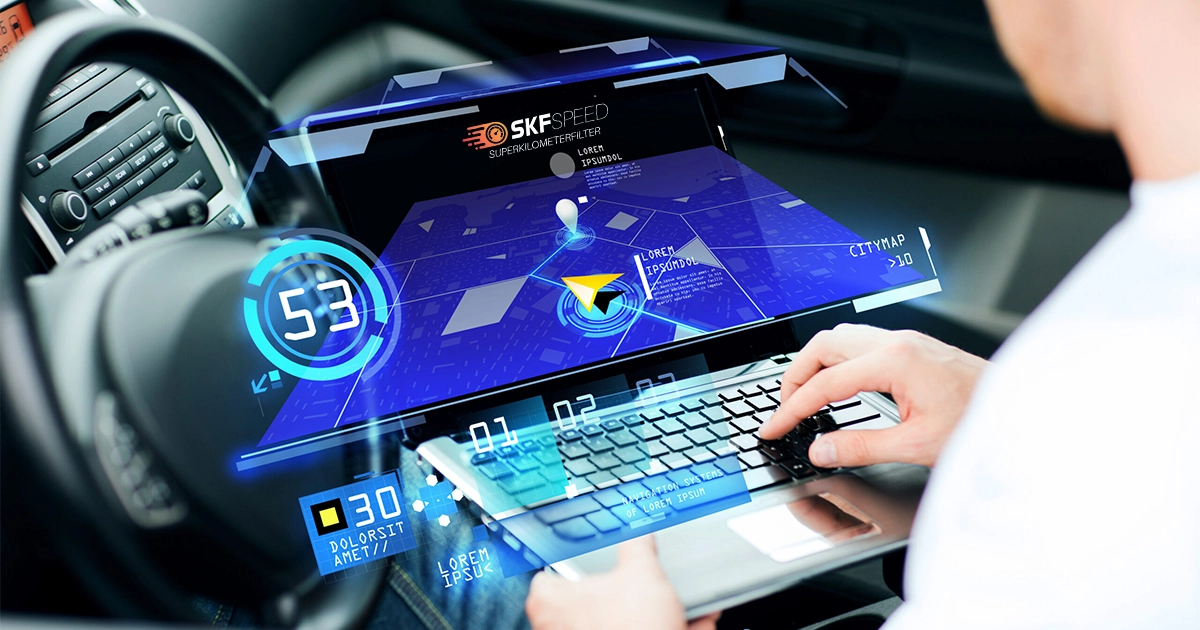
Car coding is becoming a trend that allows owners to have more control over their vehicles. It enables you to use additional features, improve your driving experience, and have more personalization. This sounds great! However, vehicle coding is not only about advantages. You will also face some risks and disadvantages that are worth considering.
In this blog, we will discuss the pros and cons of coding car and explain the features that you will benefit from. Let’s explore more about the topic.
Car coding is the process of modifying a vehicle’s software to change or enable specific functions. Unlike engine tuning, which directly affects performance settings, auto coding mostly targets comfort features such as display options, lighting tweaks, and driver assistance behaviors.
For example, imagine you buy a BMW and want your side mirrors to fold automatically whenever you lock your car. That feature may already exist in the computer but is deactivated by default. Coding allows you to activate it, making your everyday driving more comfortable and exciting.
Coding car effectively changes what your vehicle’s onboard computer, the ECU, can accomplish. With the help of an OBD scanner tool and coder, this method tailors your car’s behavior to your exact needs and is easier than most people realize.
Vehicle coding has plenty of practical benefits. Here are some of them:
Beyond these actual changes, many drivers enjoy the satisfaction of customizing their vehicle to their exact needs and imaginations.
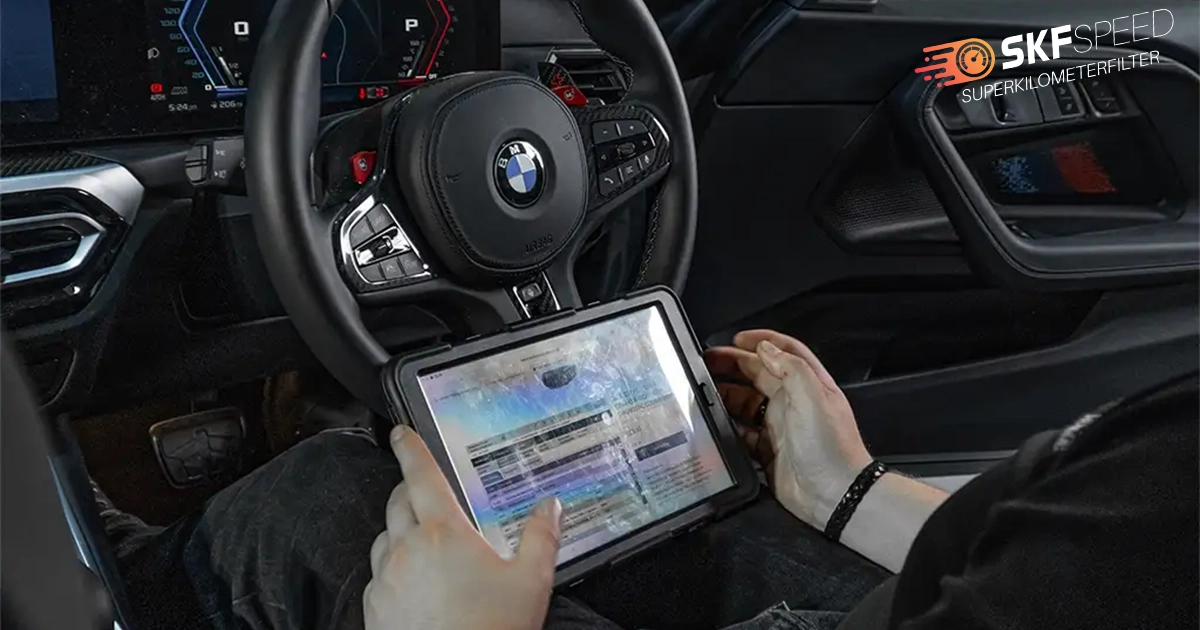
Coding is surprisingly easy for most current automobiles, especially when using the proper tools. This process often involves little technical skill other than following basic instructions. Thanks to user-friendly tools, many apps provide a simple, menu-driven interface. With several clicks and preferences, you can have the perfect result. Thus, even a beginner may do simple coding chores in less than 30 minutes using an OBD-II adapter and a smartphone.
However, simplicity depends on the proposed changes. While basic changes, such as modifying lighting settings, are ideal for beginners, more complicated changes involving many control modules might require certain knowledge, tools, and caution. Overall, vehicle coding is not difficult, and you can make some basic adjustments without prior experience or knowledge.
For coding car you will need certain software and hardware. Here is everything that you will typically need:
>Step 1: Connect the OBD-II adapter to your car.
>Step 2: Launch your coding app or software.
>Step 3: Select the module you want to modify.
>Step 4: Adjust settings or activate hidden features.
>Step 5: Save and exit.
The whole process often takes less than 30 minutes, and most software includes backup and restore features. This way, if things don’t go as planned, you can quickly restore factory defaults. Most apps also provide detailed guides or templates, reducing the risk of error.
Coding options vary by vehicle manufacturer and model, but the following are some common examples:
These adjustments may seem small when taken separately, but collectively, they can significantly boost your day-to-day driving experience.
You need to consider several factors in advance before you decide on coding car.
Taking a few simple steps, including backing up your original settings and studying features before activating them, may significantly improve the process’s safety.
It is easy to confuse car tuning and coding, but they have drastically different purposes. Understanding these differences is crucial before diving into either.
Car coding focuses primarily on convenience, comfort, and safety elements. It’s about making your automobile perform more smoothly for you, not necessarily faster or stronger. It is about small but pleasant changes, like automatically folding your side mirrors when locking doors, adjusting daylight lights in an automobile’s interior, or modifying the welcome panel in the dashboard. Some might even code to save their preferred driving mode so that they won’t select it every time.
On the other hand, car tuning is all about performance. Tuning includes modifying the engine’s software, particularly the ECU, to increase horsepower, torque, throttle response, and improve acceleration or economy. As you can see, tuning changes performance metrics in your car. For example, through ECU remapping, you can increase horsepower from 228 to more than 300. While it sounds thrilling (and it surely is), tuning will have more serious consequences. Changes in engine behavior can affect fuel efficiency and vehicle reliability, or even void your warranty and increase insurance costs.
In brief, coding car is like customizing your smartphone’s UI and making it more intuitive or personalized. Car tuning is like hacking a phone to modify its essential functionalities. Coding has considerably fewer dangers. It does not destroy mechanical components and focuses on unlocking customization that the manufacturer has installed but did not enable by default.
The costs depend on whether you do it yourself or hire a professional. Although both options are available, the costs will vary significantly.
If you try to take a DIY approach, the approximate costs will be between $40 and $200. This pricing includes the OBD-II adapter and app license. Hence, you will have all the tools necessary to perform coding and use them as many times as you need.
Meanwhile, professional services for your car may range from $100 to $500 per session, depending on the number of features you want to unlock. That’s not all. Sometimes, dealership costs may go as high as $1000 just for a single service. Thus, car coding is a much cheaper option for vehicle programming.
Coding an automobile is a widespread practice for car enthusiasts. People want to unleash the full potential of their vehicles and enjoy more comfort. However, it is not always easy to ensure that you did it correctly. You need to ensure that after coding car, everything went smoothly and without issues. This is when the Mileage Blockers come into play.
The Mileage blocker is a high-efficiency tool that stops mileage recording when a vehicle is in motion. This gives testers the unique opportunity to check and test the vehicle’s performance. The best part is that the blocker doesn’t leave any trace. Hence, your car won’t have extra miles after conducting a test. Remember that this device is strictly for car testing purposes and shouldn’t be used unethically or against local regulations.
This compact device is made with premium-quality materials, which is why it works flawlessly under harsh weather conditions. It also has a mobile app that allows you to manage your device from your phone. Do you know what is even better? You can set it up by yourself without extra help. These devices come with a DIY installation guide, and everyone can assemble them without any experience.
The tool is available, and you can now buy the mileage blocker from the SKF website. For any further details, you can check the support page or contact customer support at any time.
Car coding is the programming process of a vehicle computer, which opens up a world of possibilities. It gives drivers more control, convenience, and personalization. However, it’s important to proceed carefully, understand the risks, and always respect legal boundaries. If you follow guidelines and have the right tools and knowledge, coding can transform your driving experience.
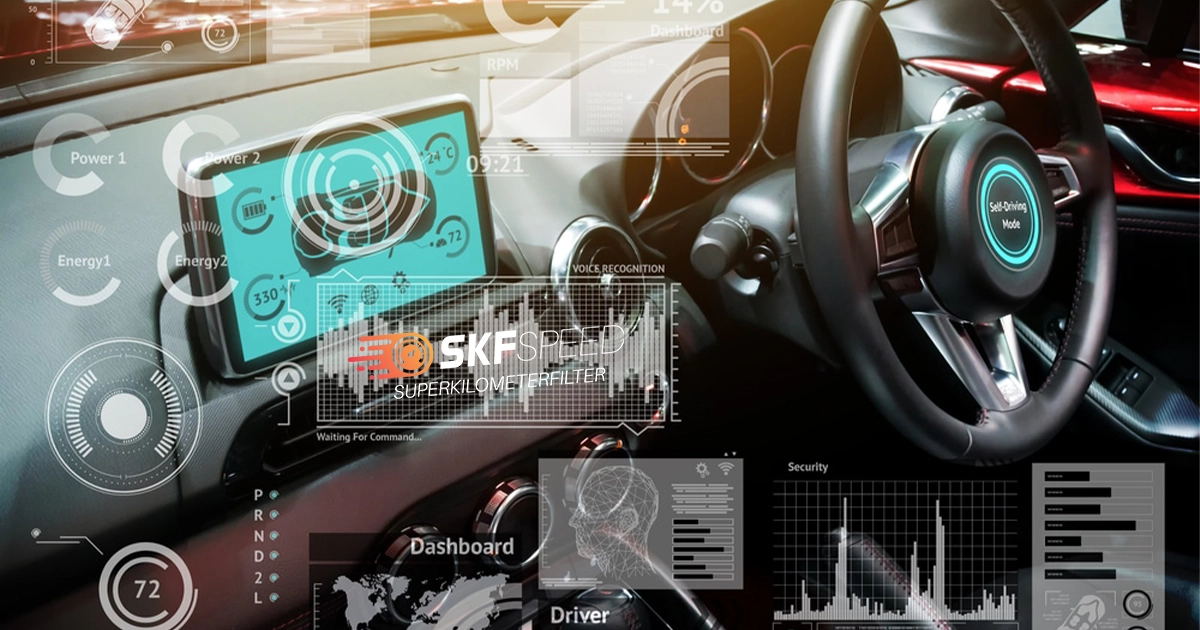
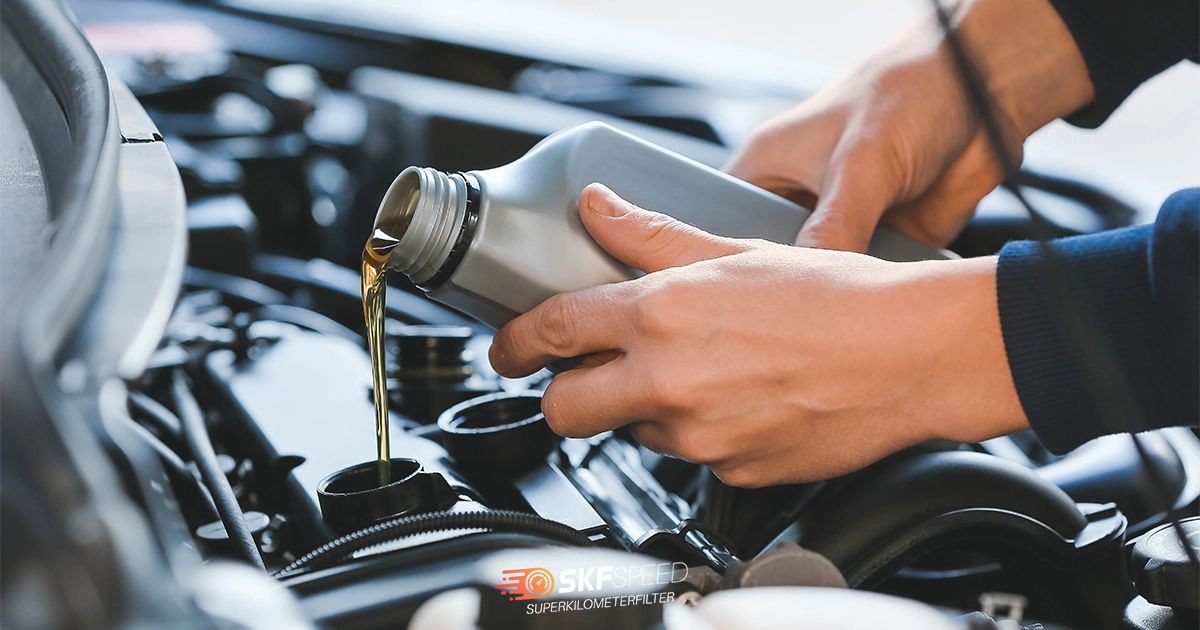
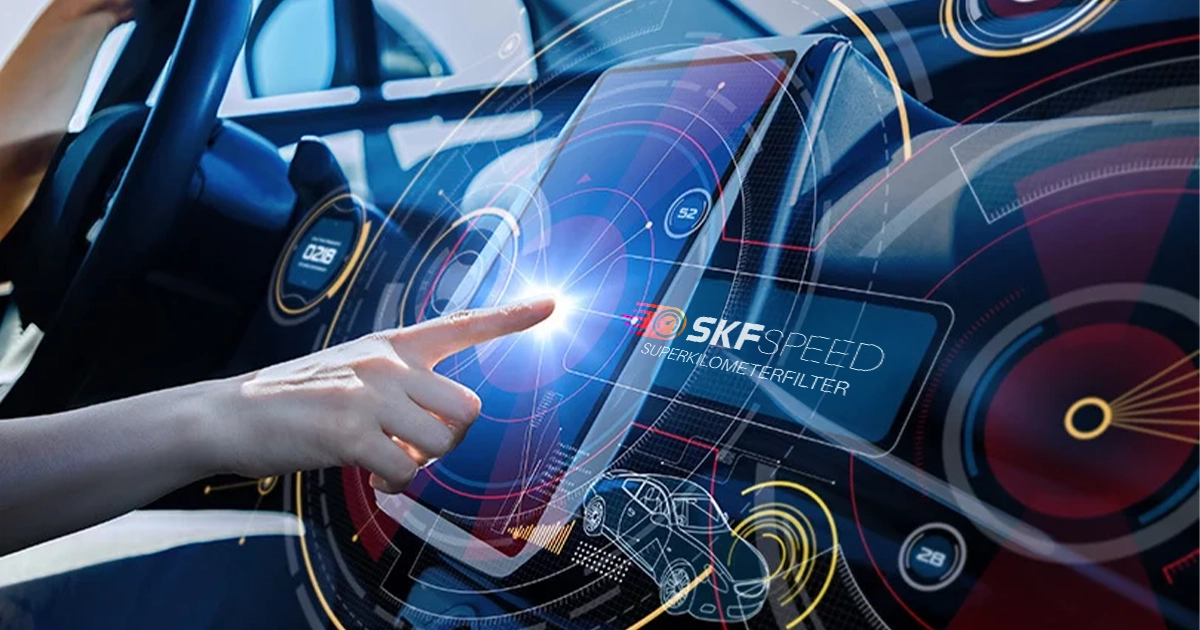
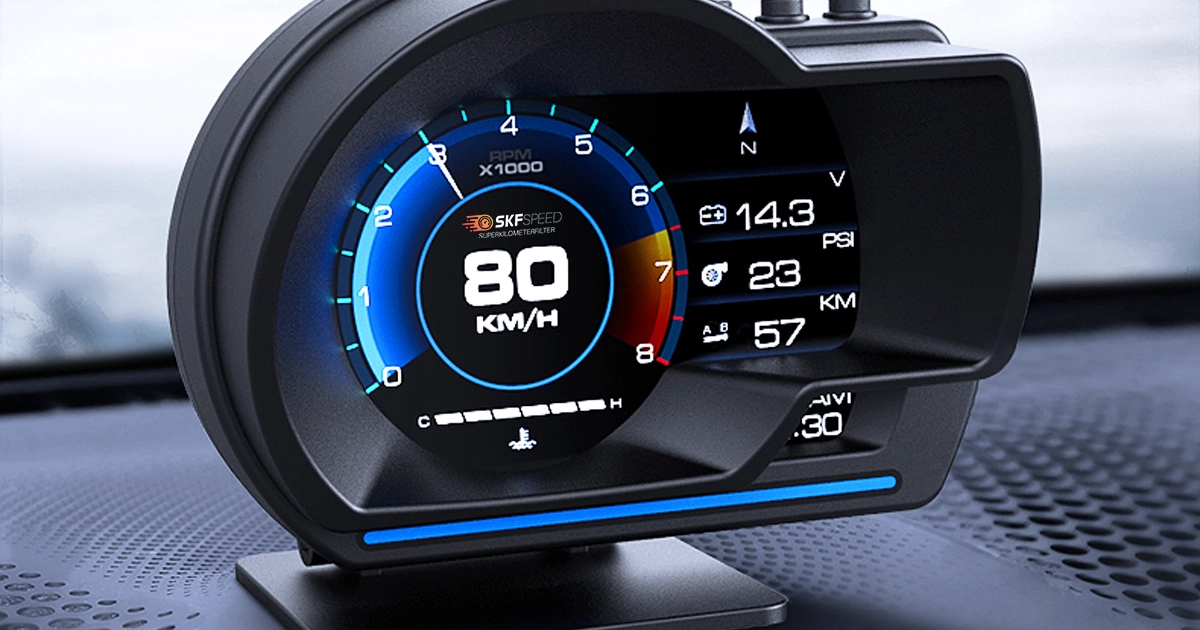
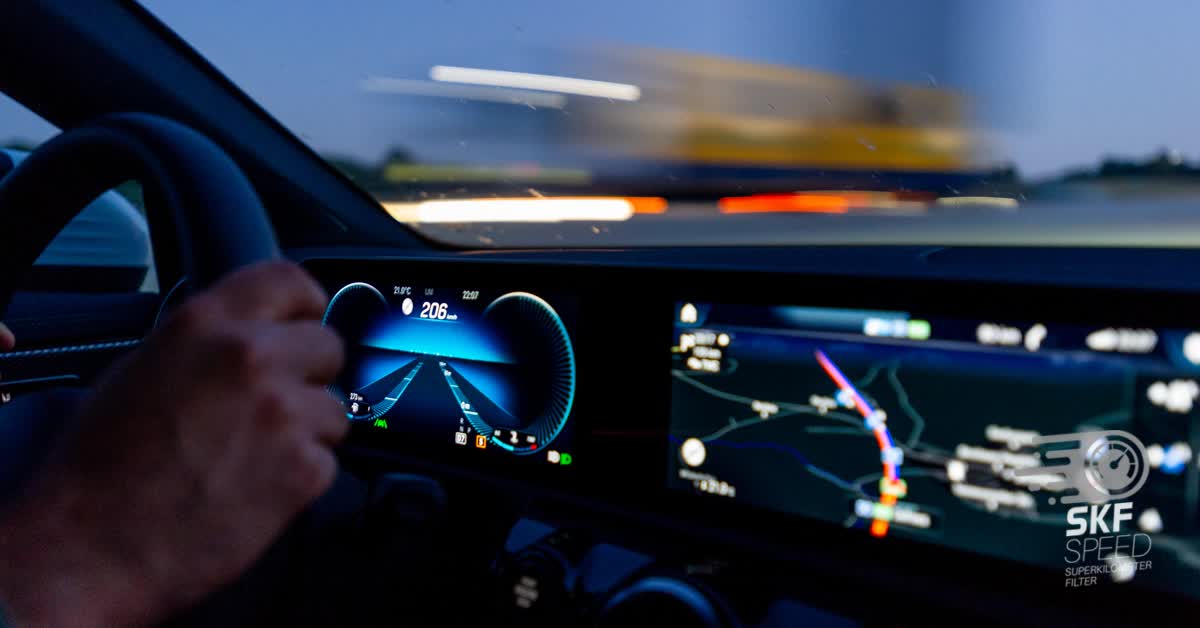
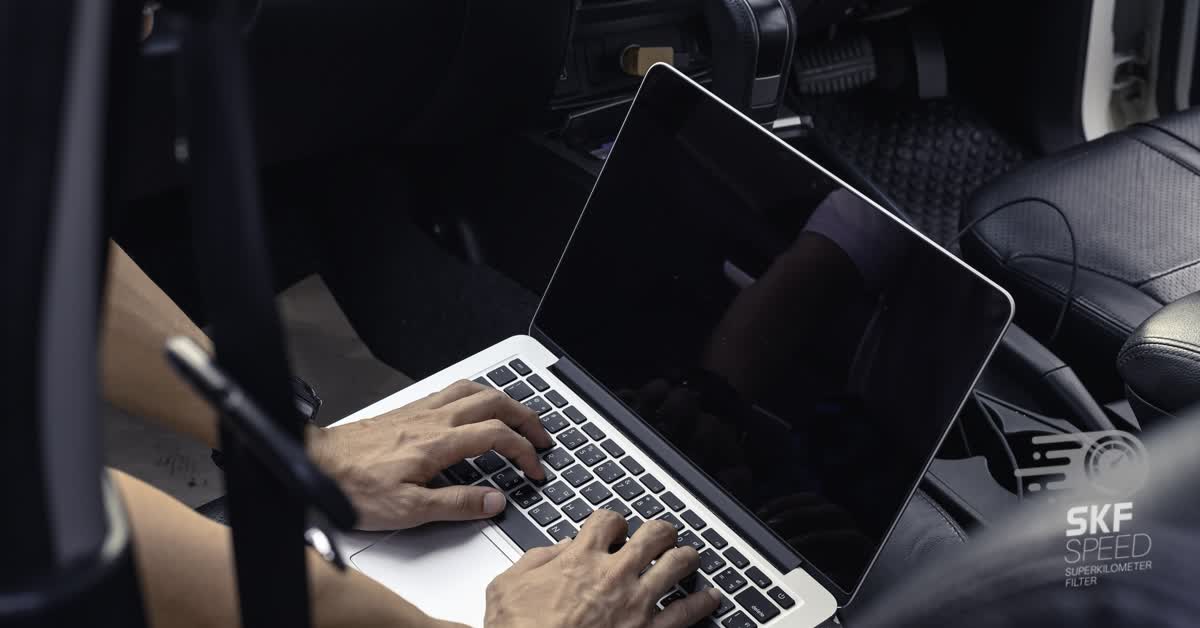


Here you will find all the details about our company
Here you will find shipping and return related information
Here you will find information on all technical questions
Here you will find helpful information about installation